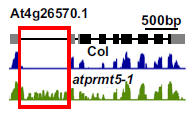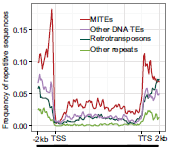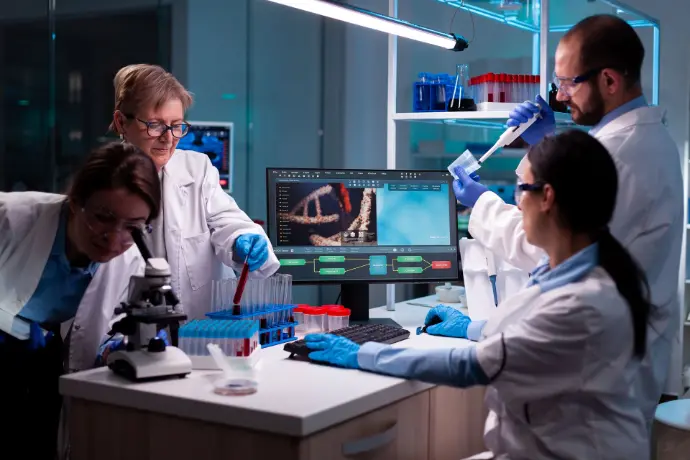Biotech Information from the inside out
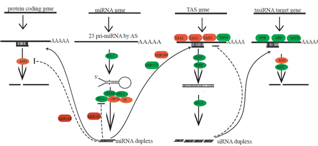
Interplay Between Splicing and Small RNAs
Both alternative splicing and small RNAs serve as pivotal post-transcriptional regulatory mechanisms in eukaryotes. Our long-term research investigates the interplay between these two processes, with a focus on their dynamic roles in gene expression regulation in plants. This project aims to bridge knowledge gaps and provide comprehensive insights into RNA-based regulation.
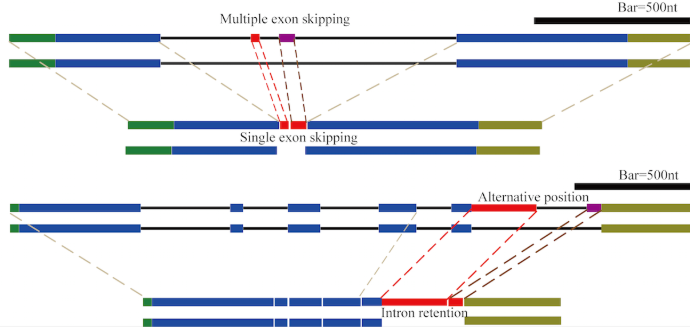
Upcoming Event: Celebrating Groundbreaking Research in Plant Genomics
Here’s a title for the person leading or teaching the event :

🌍 Revolutionizing Bioinformatics : Your Gateway to Precision Science
Unlock the potential of data-driven discoveries with BioInfor.org. We are at the forefront of bioinformatics innovation, bridging the gap between biology and technology. Our platform empowers researchers, scientists, and enthusiasts to:
🔬 Decode the secrets of the genome with advanced tools.
📊 Visualize complex biological data like never before.
🤝 Collaborate on groundbreaking projects in a global community.
Whether you're mapping the human genome, developing personalized medicine, or exploring new horizons in proteomics, BioInfor.org is your trusted partner in precision science. Join us today and be part of the future of biotechnology!

Latest News

Bioinformatics Software for Alternative Splicing Detection

